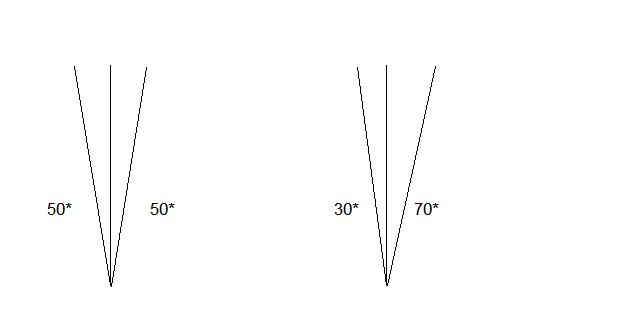Yes. (And for me they're more expensive since I'm left-handed. Its what side the bevel is ground that determines left- or right-handed.)
Single bevel means a higher degree of sharpness. There really isn't much of a learning curve required. Their use depends on what you're cutting or slicing. Sharpening is straightforward - unless the back of the edge is concave rather than a chisel grind. In that case there's more to sharpening, as you'd imagine. (The concave side reduces drag.)
I use single bevel knives for fine, thin cutting and slicing. Other than that, and other than those particular knives, all my knives (all Japanese) are beveled both sides (or flat ground, meaning the blade tapers from the spine to the edge on both sides, sometimes called 'unbevelled').
If interested in Japanese knives I'd suggest skipping the single bevel edges at the outset. I don't find it makes a huge difference but for reduced drag, if you wish, you can get santokus or gyutous with granton edges. The higher level of sharpness and longer edge holding of the harder steel Japanese blades are, imo, the operative issues, not whether the blade has a single bevel. Because of my left-handedness, I went a long time without any single bevel blades - many years after moving entirely to Japanese knives. Though I am quite pleased with my single bevel knives, imo, they are not exactly necessary for most of the types of cooking I do. YMMV but I HTH.



